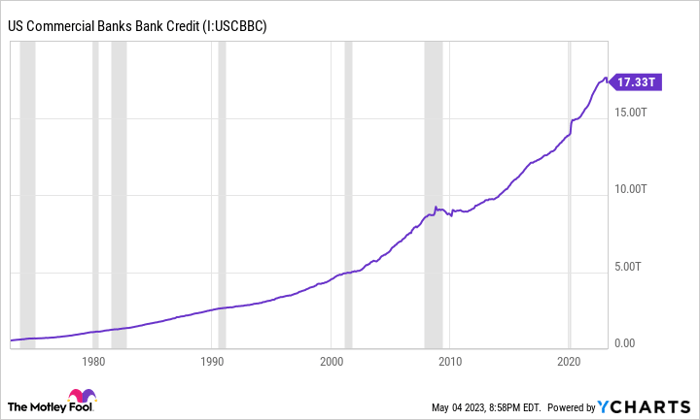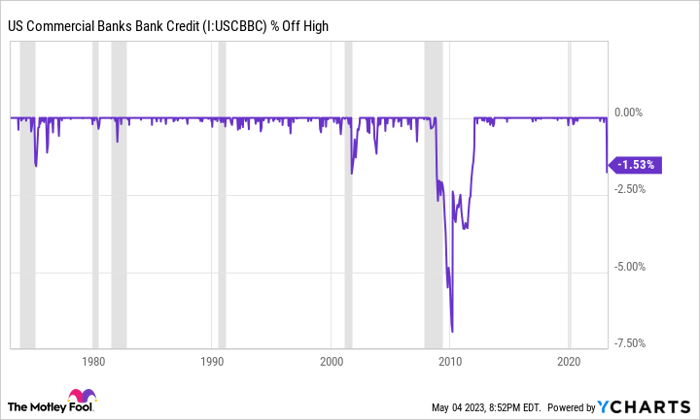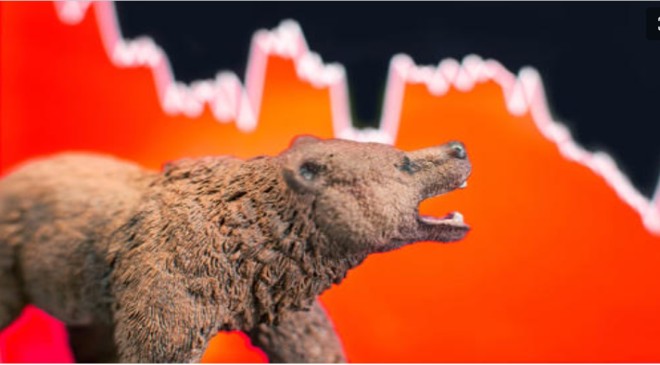When examined over decades, investors would struggle to find a more consistent wealth creator and inflation outperformer than the stock market. But when put under the microscope over short periods, the stock market is no more predictable than a coin flip.
Following a fantastic 2021 that saw the iconic Dow Jones Industrial Average (DJINDICES: ^DJI), benchmark S&P 500 (SNPINDEX: ^GSPC), and growth-powered Nasdaq Composite (NASDAQINDEX: ^IXIC) explode to new highs, 2022 featured all three indexes plummeting (at least briefly) into a bear market. The Nasdaq Composite was hit particularly hard, with the index losing 33% of its value last year.
Read More:-Small Business Owners Embrace Managed IT Services for Cybersecurity Confidence
While there isn’t an indicator or metric in existence that can concretely tell us which direction the stock market will move next, there are tools that offer intriguing historic correlations. In other words, certain indicators and metrics can allow investors to make educated guesses, based on what’s happened previously, to determine where stocks will head next. One of those metrics is updated weekly, and it’s signaling a big move to come for the stock market.
Bank lending may be foreshadowing something big for Wall Street
The bank metric of interest is none other than the bank credit from all commercial banks, which is provided by the Board of Governors of the Federal Reserve.
Read More:- Why Fisker Stock Leaped Nearly 7% Higher Today
With few exceptions, bank loans and leases have been rising at a fairly steady pace for 50 years. Commercial bank lending has grown from $567.3 billion in January 1973 to $17.3 trillion, as of last month. That an average annual increase of a little over 7% spanning half a century.

For banks, lending is the heart of their business. This includes commercial and residential real estate loans, personal consumer loans, credit cards and revolving plans, and commercial/industrial loans. Because deposits are effectively a liability — i.e., banks have to pay their employees to take deposits, as well as pay interest on deposits held — banks are incented to continue growing their outstanding loans over time.
However, banks also have to be mindful of where they’re lending money. When interest rates are low and the U.S. economy is firing on all cylinders, lenders are more willing to take risks. But when the winds of recession begin blowing, things can change rapidly.
Read More:-Biden, Republicans spar over veterans’ benefits amid debt ceiling showdown

As you can see from the image above, there are been plenty of minor blips over the past 50 years where bank lending has ever-so-slightly declined. We’re talking about peak-to-trough drops ranging from 0.01%-1% on virtually all occasions.
But on four rare instances over the past 50 years, bank credit for all commercial banks has declined by at least 1.5% on a peak-to-trough basis. That may not sound like a lot, but it’s served as a warning for the stock market. Over the past half-century, we’ve witnessed:
- A 1.9% decline in bank credit in 1975.
- A 2.2% drop in bank credit in 2002.
- A 6.9% dip in bank credit between 2008 and 2010.
- A 1.5% decline in bank credit since mid-March 2023.
Read More:– Renewed Banking Fears Drag Equities Lower Ahead of Jobs Report
In each of the previous three instances where lending demonstrably tightened, the S&P 500 lost approximately half of its value. With potentially less available credit for businesses to hire, acquire, and innovate, the implication is that economic weakness may take hold.
Et tu, M2?
Then again, a pullback in lending among commercial banks isn’t the first clue we’ve received that a U.S. recession may be in the offing. The U.S. money supply has spelled trouble for months.
When it comes to the U.S. money supply, there are two widely followed figures: M1 and M2. The former includes cash bills and coins in circulation, along with traveler’s checks. It’s money that’s effectively in your hand and ready to be spent without delay. M2 includes everything in M1, but adds savings accounts, money market funds, and certificates of deposit (CD) totaling less than $100,000. It’s money that can still be reached pretty easily, but it’s not quite as accessible as cash in your hand.
Read More:-2 states investigating NFL over allegations of workplace discrimination, hostility
As noted recently by Charles Schwab Chief Investment Strategist Liz Ann Sonders, M2 money supply has declined by 4.1% on a year-over-year basis as of March 2023. That’s the second steepest decline on record, dating back to 1870 (with the help of data from the Federal Reserve Bank of St. Louis and U.S. Census Bureau), and the first decline in U.S. money supply in 90 years.
Read More:-Stock market today: Global markets up ahead of US jobs data
On one hand, M2 skyrocketed during the COVID-19 pandemic as stimulus checks flooded into consumers’ wallets. A return to some form of mean would seem logical. In short, a 4.1% pullback in M2 is probably more benign than a 4.1% decline would have been at points in the past.
On the other hand, a decline in M2 has typically been bad news for the U.S. economy and stock market. The four other times M2 has declined by at least 2% throughout history resulted in three depressions (1870s, 1921, and the Great Depression), as well as one panic in 1893. While it’s fair to say that monetary policy oversight has changed drastically since these depressions and one panic occurred, historic precedent suggests a period of deflation and a recession are likely.
Read More:– NM Parents Encouraged to Know When Kids Need Mental Health Intervention
Even though the stock market and U.S. economy don’t move in-tandem, history has shown that Wall Street’s biggest drawdowns are typically experienced after a recession is declared. Based on the bank credit and M2 trends we’re seeing, it’s possible the Dow, S&P 500, and Nasdaq Composite have yet to find their lows in this bear market.
The price of admission to one of the world’s greatest wealth creators
As noted, stock market moves over the short-term can be unpredictable, especially if the U.S. economy isn’t on solid footing. But short-term volatility is the price to be paid to take part in one of the world’s greatest wealth creators.
When examined with a wider lens, all data conclusively shows that patient investors have a high probability of being rewarded. Excluding the current bear market, every single correction, bear market, crash, and even depression, throughout history has eventually been recouped by a bull market. Though we’ll never know how long it’ll take to fully recoup these losses, the key point is that the value of the Dow Jones industrial Average, S&P 500, and Nasdaq Composite grows over time.
Read More:-11 Expenses That Almost Totally Disappear When You Retire
Market analytics company Crestmont Research actually put this idea to the test by back-testing rolling 20-year holding periods for the S&P 500 beginning in 1900. Crestmont examined the total return, including dividends, a hypothetical investor would have received if they’d purchased an S&P 500 tracking index and held that position for 20 years.
Crestmont’s dataset contained 104 ending points (1919 through 2022), each of which produced a positive total return. In fact, Crestmont found that roughly half of these 104 ending years would have produced an annualized total return of between 9% and 17.1%. Investors aren’t just scraping by holding stocks for the long run — they’re often building wealth at a pace that’s well above the rate of inflation.
While index funds are a tried-and-true method of growing your nest egg on Wall Street, buying dividend stocks is another strategy to consider for investors willing to buy individual stocks. Companies that regularly pay a dividend are usually profitable, time-tested, and have transparent long-term growth outlooks. Most importantly, they’ve crushed non-paying stocks in the return column over multiple decades.
Although the near-term is uncertain for Wall Street, history is very much on the side of patient investors over long periods.





































